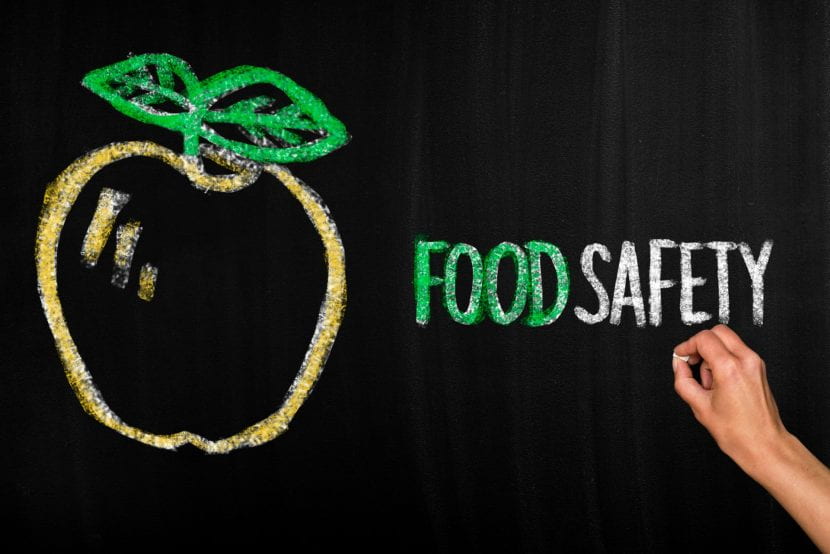
Many of us might not be aware that keeping food safe is even more important than eating healthy. Unsafe behaviors, such as thawing raw meat on the counter or using the same cutting board for raw meat and produce, can lead to illness. This post will provide four simple steps to keep your food safe for you and your family.
Safe Shopping
- Always check the expiration date. Food that has passed the expiration date can have harmful microorganisms, such as bacteria and pathogens.
- Separate raw meat, poultry, seafood and eggs from ready-to-eat food, and fresh produce in your shopping cart. This can prevent pathogens from the meat juice leaking on to your ready-to-eat food and cause contamination.
- Pack frozen food separate from the room-temperature food. This can help keep frozen food chilled until you arrive home. Try using a cooler bag to keep perishable foods cold.
Safe Storing
- Store food in the refrigerator and freezer as soon as possible.
- Store meat in the bottom shelves of the refrigerator, below produce, and wrap them with plastic bags to prevent leakage.
- Keep eggs in the original closed carton. Eggs can absorb off-tastes through shells, especially from strong smells, like onions.
Safe Cooking
- Before you start cooking, it’s always important to wash your hands with warm soapy water for at least 20 seconds.
- Use separate cutting boards and knives for raw meat, poultry, seafood, and ready-to-eat food to prevent cross contamination.
- Always thaw and/or marinate raw meat, chicken or fish in the refrigerator, not on the counter.
- Check the internal temperature of meat to ensure it is cooked thoroughly. The correct way to measure the minimum internal temperature is to insert the stem of the thermometer to the thickest part of the food. Wait a few seconds until the temperature stabilizes. Below are the minimum internal temperatures for different types of food.
|
Temperature |
Type of Food |
|
165 °F(74°C) for 15 seconds |
Poultry—including whole or ground chicken, turkey, or duck |
|
155°F (68°C) for 15 seconds |
Ground meat—including beef, pork |
|
145°F (63°C) for 15 seconds |
Seafood—including fish, shellfish, and crustaceans |
Safe Sanitizing & Packing
- After the meal, wash your plates with hot soapy water. Keep them clean to prevent bacteria growth.
- Keep the leftover food in sealed bags or containers. Label the date you prepared the food and store in the refrigerator. If you don’t finish it within 3-4 days, remember to throw it away.
One major take-away from this post is when you are in doubt about the safety of your food, throw it out.
What is one thing you can do to ensure your food is safe to eat? Please share in the comments.

